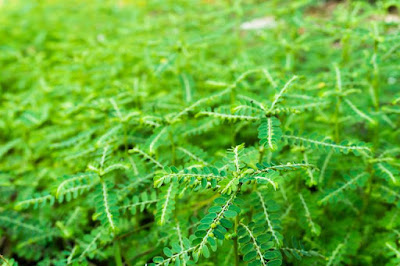Medicinal Plant - Syzygium aromaticum

Scientific Name: Syzygium aromaticum Common Name: Clove and Lavang Scientific classification: Kingdom: Plantae Class: Magnoliopsida Order: Myrtales Family: Myrtaceae Genus: Syzygium Species: S. aromaticum Syzygium aromaticum Habit: Tree Description: It is an evergreen tree, possesses large square leaves and sanguine flowers cloves Useful part: Dry flower buds Medicinal uses: It escalates heat in the system, increases hydrochloric acid which enhances digestion. It helps to reduce toothache, and it is an antiseptic, it helps to cure kidney, spleen, liver diseases and also utilized to treat immune system disorders, skin irritation, pimples, asthma, diabetics, and cough. Dosage: Oil and flower bud are utilized to cure the digestive problem, clove flower bud is kept in between teeth to reduce the infection and pain of that particular tooth. Chemical constituents: Gallotannic acid, campesterol, methyl salicylate, eugenol, eugenol acetate, ...





